Top 15 Slug & Snail Proof Garden Plants
 Lee Burkhill: Award Winning Designer & BBC 1's Garden Rescue Presenters Official Blog
Lee Burkhill: Award Winning Designer & BBC 1's Garden Rescue Presenters Official Blog

If you spend most of your time trying to stop slugs and snails from decimating your garden's plants, then its time you think about using the plants themselves as the deterrent! These slug proof plants will have those slimey creatures crawling elsewhere!
You can help reduce drama in your garden and maintenance by choosing plants that slugs and snails avoid. No more costly slug deterrents applications such as coffee grinds, copper tape or nasty chemicals. These bulletproof plants will do the work for you!
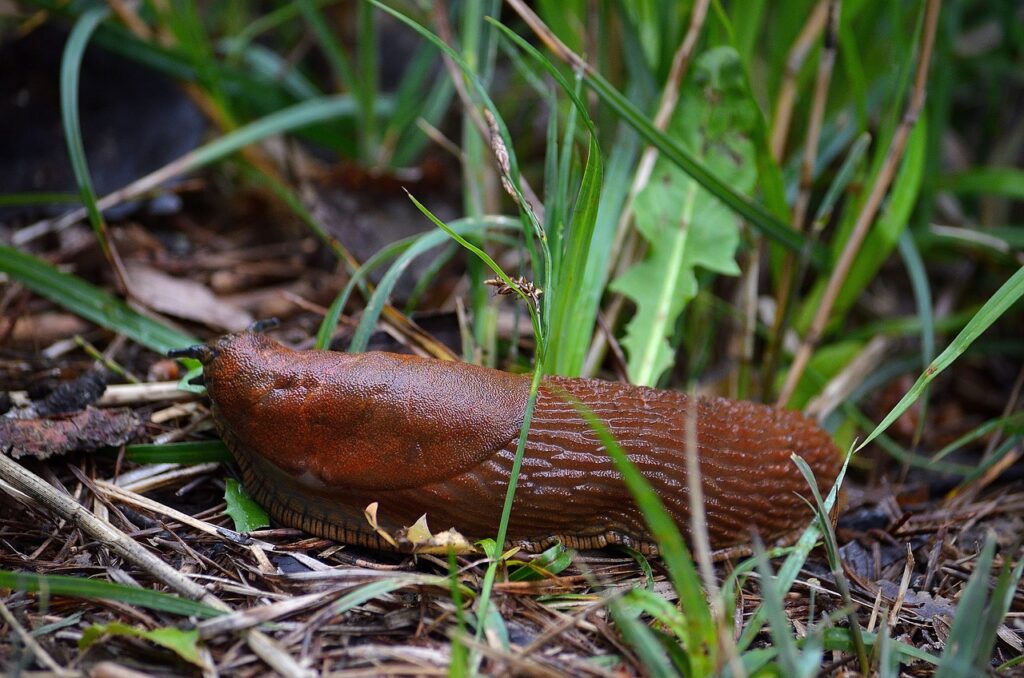
This page contains affiliate links for products I use and love. If you take action (i.e. subscribe, make a purchase) after clicking a link, I may earn some gardening commission which helps me keep the Garden Ninja Blog free for all.
The biggest target for slugs and snails are garden plants are:
Slugs tend not to bother with shrubs, woody plants, trees or alpine plants. So this guide will show you bulletproof plants that fall within the herbaceous perennial group of plants, where slugs spend most of their time feeding!
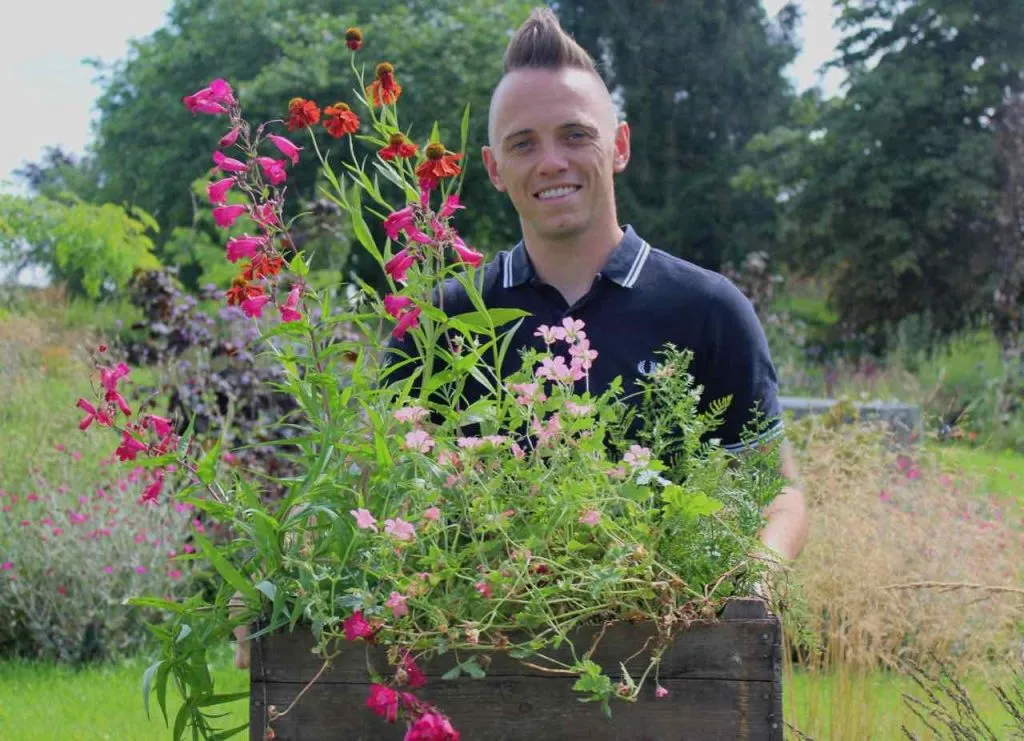
Would you believe it, but the crate above is full of snail-proof plants? Look how gorgeous and dainty they are. But they all hold a secret weapon against slugs which I'm going to explain.
Slugs use their 'foot' and 'skirt' to slide over surfaces using their 'slug slime'. Slug and snail slime is a mixture of mucus, water and salts which enables the slug both to take on water and also to move! The notorious slug and snail slime trails can even show you where they have been.
Knowing this means we can start to see what types of leaves and plants slugs and snails hate. There are two types of plants slugs and snails avoid.
Usually, any rough, textured, hairy or serrated leaf puts slugs and snails off. They will move to a smoother easy to glide on the leaf. These smoother leaves are used to feast on where they rasp (rip and tear) holes out of the leaf, permanently damaging them.
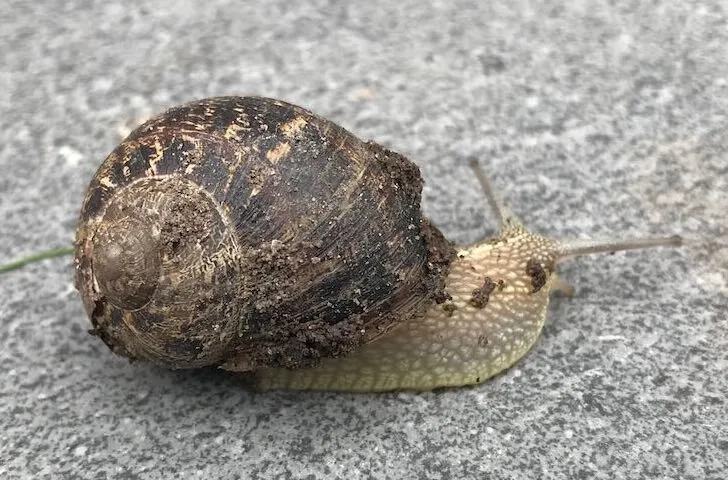
Strong scents also put slugs off, which is why the scent of aromatic herbs (found in Mediterranean gardens) often deters slugs and snails from eating your plants. Knowing these two points will help you instinctively choose better slug-proof plants next time you're out shopping at the garden centre.
Let's look at fifteen plants that will have slugs and snails moving onto your neighbours' gardens instead!
Alchemilla mollis is one of my favourite fuss-free garden plants that slugs avoid like the plague. It's both super easy to grow and tolerates shade and full sun. It also self-seeds everywhere, so once you have a few, they will propagate all over the garden wherever there is space.
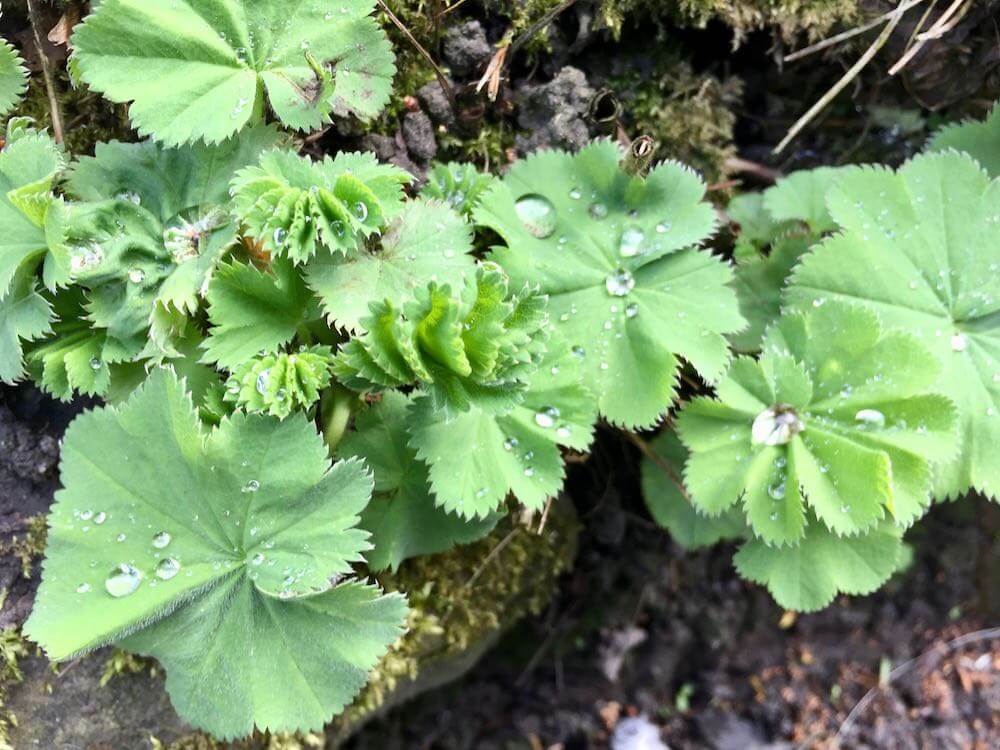
The beauty of Alchemilla or Lady's mantle is the patterns that rain, water or dew makes on its leaves. The water pools like oil, given the slightly hairy leaf texture. It's this texture that also puts off slugs and snails. The word Alchemy comes from old French alquemie, pronounced alkimie and used in Medieval Latin as alchymia. Alchemy is an age-old practice part of which uses the transmutation of base metals. Hence the water on the leaves looks like liquid mercury or liquefied lead.
The flowers are a riot of lime green during summer but can flop into paths. So I always cut them back once they are spent. It's super easy to collect seeds by cutting these off and drying them. Not that you'll need seeds as these plants propagate everywhere.
Alchemilla species to try:
Did you know that you can take my course and learn how to become a Garden Ninja yourself? Click here for details
This hardy Geranium is also pretty much immune to slugs and snails. Making it an excellent plant for both ground cover and flowering throughout the summer. I'm not sure whether it's the scent in the leaves when crushed that puts them off—heavily scented Lavender and Marigolds also put off slugs and snails. However, nearly all hardy Geraniums are avoided by slugs and snails. Opening up a world of colour and Geranium types that won't get munched or nibbled in the garden.
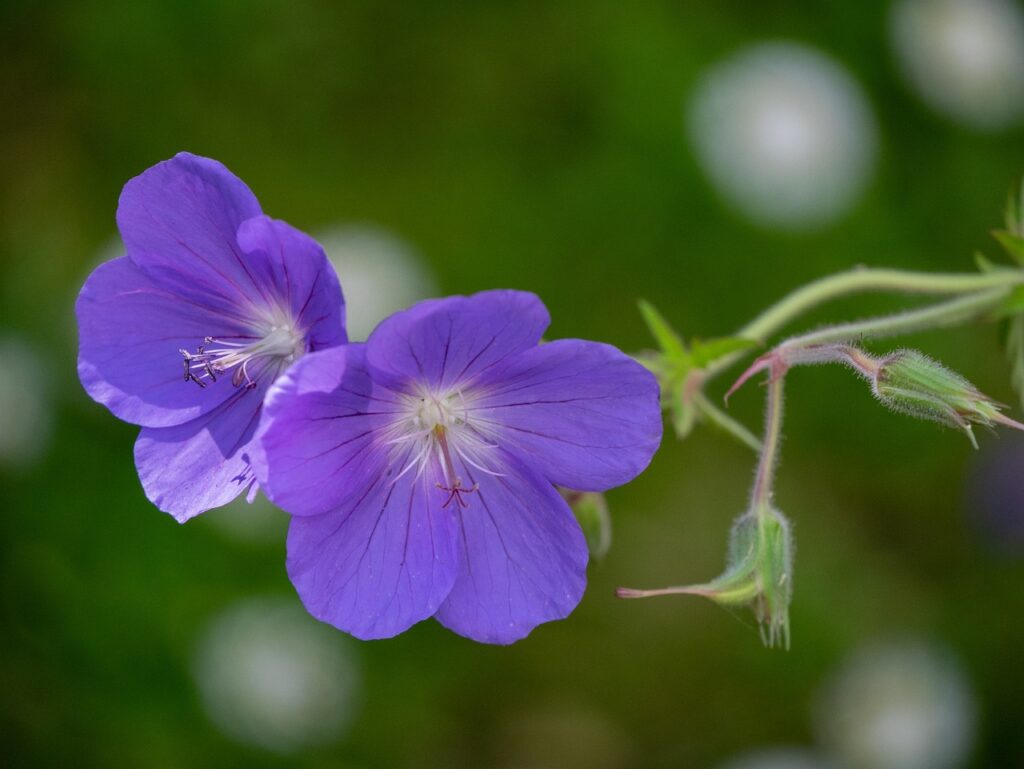
These 'Hardy' Geraniums differ from tender Geraniums known as Pelargoniums. Pelargoniums are the tender fleshier plant species often found in Greece or the Meditteranean. A staple of the 1970s garden and often overwintered in porches or greenhouses, this is a completely separate plant and should be treated as a bedding plant in the UK.
Some of the best Geraniums for the garden to avoid slugs and snails are:
Geums or avens are some of the best value slug-proof perennial plants in the garden. Not only do the slimy garden pests avoid them, but most Geums flower profusely during the season. Providing a blast of colour but also pollen for foraging honey bees. Given their low cost, high flowering potential and lack of pests, they are bulletproof garden plants. I would argue that every garden can benefit from a Geum or two!
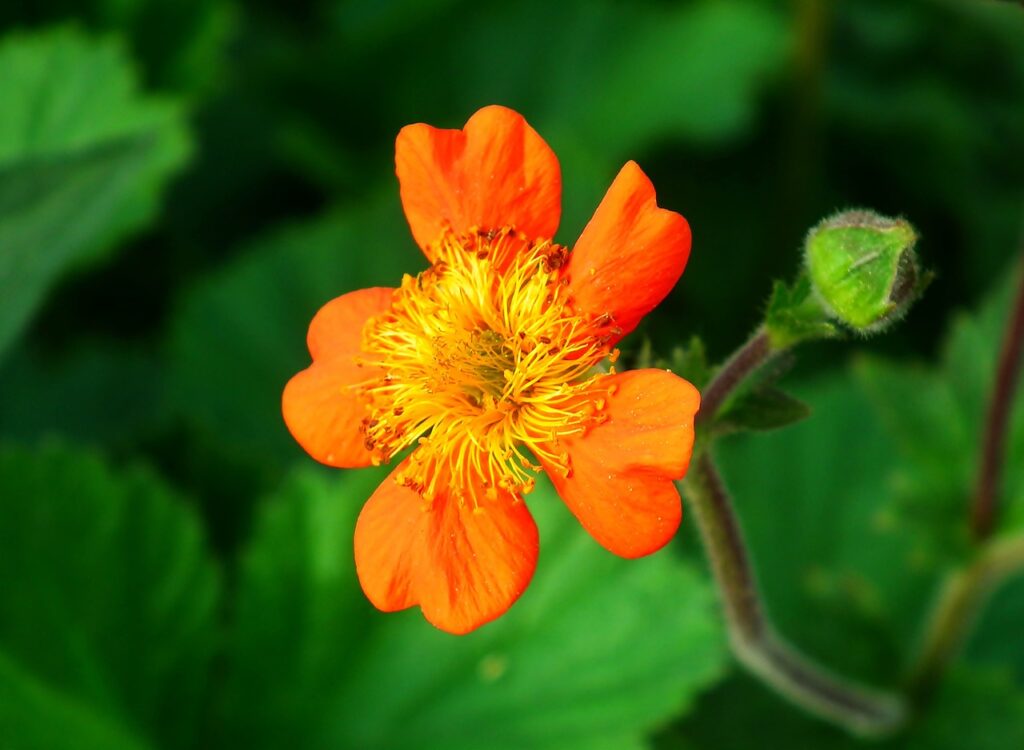
Geums will grow in pretty much all soil, providing they don't dry out too much. They do prefer a bit of shade or the colours can become easily washed out in a full sun south-facing garden aspect. Most Geums only reach between 30 and 50cm high.
Geum 'Totally tangerine' is probably the most famous and well-performing. Its notoriety comes from its popularity at Chelsea Flower Show where for a period of 5 years if was the plant du jour for garden designers. This plant flowers and flowers and then flowers some more from May to October! It also can grow up to 90cm high, so is a great garden filler plant.
Geums are low-growing ground-cover herbaceous perennials with an incredibly long flowering window. Original woodland plants, these cultivars have been bred to extend the flowering season with vibrant colours. Totally tangerine is of course, neon orange, but there are lemon yellows, pink blush colourations, deep reds etc, to choose from.
Totally tangerine is the largest of the geums, so great for containers, filling gaps in borders or anywhere that needs an injection of bright orange flowers.
Other slug-proof Geum Species/Cultivars to consider:
Carex are an evergreen low-growing sedge found on river banks and the edges of woodland in their native habitat. Often confused with grasses, given their strap-like leaves. These beautiful perennial evergreen plants add texture to any garden border or container garden. Whilst they may not send up blousy flowers they add structure to a garden, and the slugs and snails won't touch them.
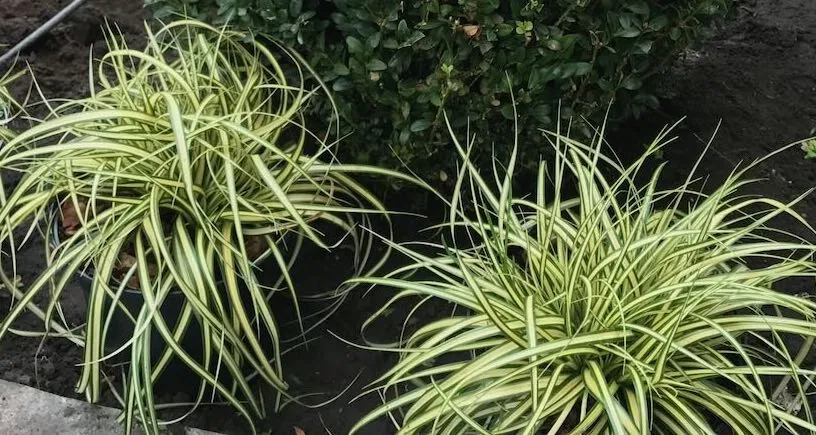
In particular, Carex are a great way to add movement to the garden and winter interest. As most other herbaceous perennials have died back to the ground, Carex keeps their colour all year round. They are tolerant of most soil types and need very little in terms of plant feed or pruning. Simply cut out any damaged leaves, and that's about it when maintaining Carex!
These slow-growing evergreen perennials look great when edging a formal garden border or are used informally as filler plants amongst other herbaceous perennials in flower beds. They are a super valuable addition to any garden planting scheme and are avoided by slugs!
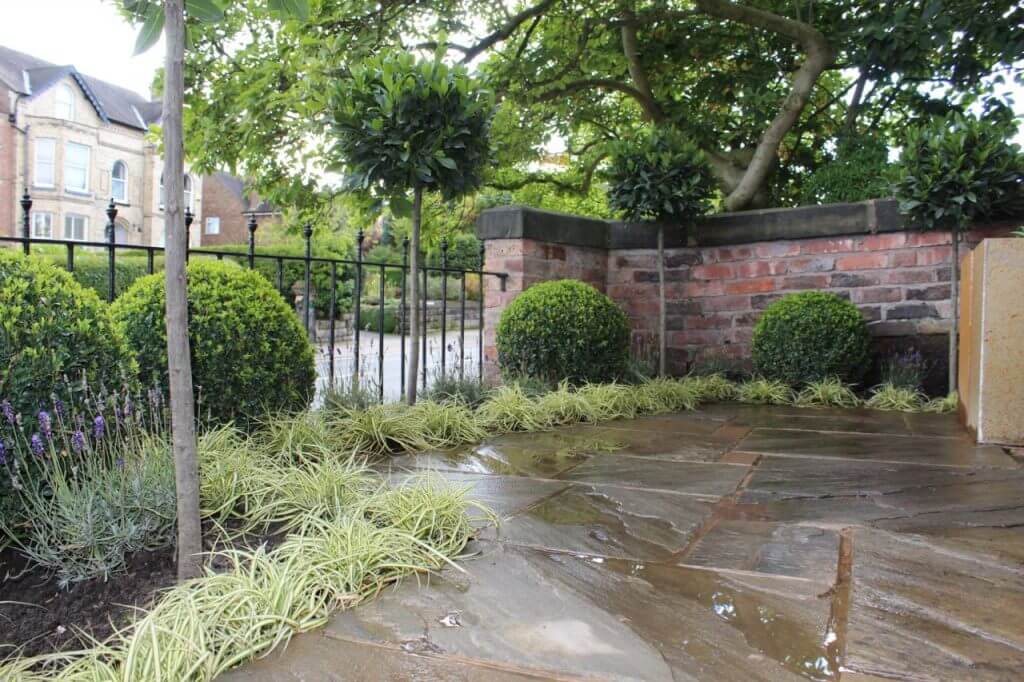
Carex slug proof species to consider:
Pulmonaria or lungwort are an essential and fabulous ground cover perennial for any garden, no matter how small. These unsung beauties have fallen out of fashion for some reason, which is something I want to change. These plants have fabulous hairy (hirsuta in Latin when checking plant names) and sometimes polka-dotted leaves. As they are so prickly, slugs and snails give them a swerve allowing their beautiful tiny trumpet flowers to shine.
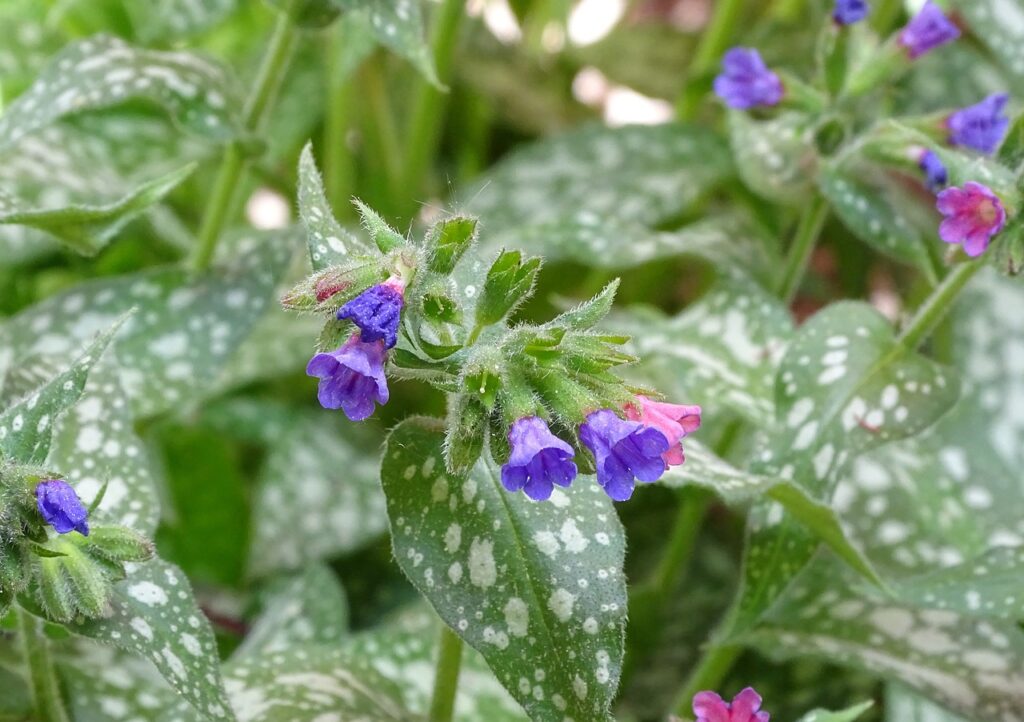
Often their flowers are split colours on each plant. A mix of blue, purple and pink can all be found on the same plant in cross-bred cultivars.
Lungwort gets its name as it was once thought to help with stomach, lung or urinary tract ailments. Especially in herbal medicine, however, the evidence is scant.
What I love about Pulmonaria is twofold. One, they flower profusely early in the season, around April time. The second is they self-seed like crazy. They are also known as Promiscuous Pulmonaria for a good reason. So if you're a lazy gardener, they are a great plant to introduce and let them crossbreed. You'll end up with all sorts of mixed colour permutations over 5 or so years in the garden.
Pulmonaria will grow anywhere but do prefer damp soil and shade. Great for those awkward north-facing gardens. They prefer being in the ground and are a bit lacklustre as a container or pot plant. Bees love them, and they add much-needed pollen and nectar early in the growing season. Pulmonaria 'Blue Ensign' is one of the rare true blue flowers as well.
Consider the following slug-proof Pulmonaria/Lungwort plants:
Penstemons are one of my favourite hidden secret garden perennial plants. Whilst people love Dahlias and other big summer flowers like Heleniums, Penstemons seem overlooked. Even though their tubular flowers offer just as much impact, I'm not sure why most gardeners seem to miss them out of their garden border designs, but we should certainly add them to the list.
The great thing with Penstemons is that slugs and snails won't touch them, unlike Heleniums and Dahlias! They may look delicate, but they're a real tough cookie from the herbaceous perennial plant group.
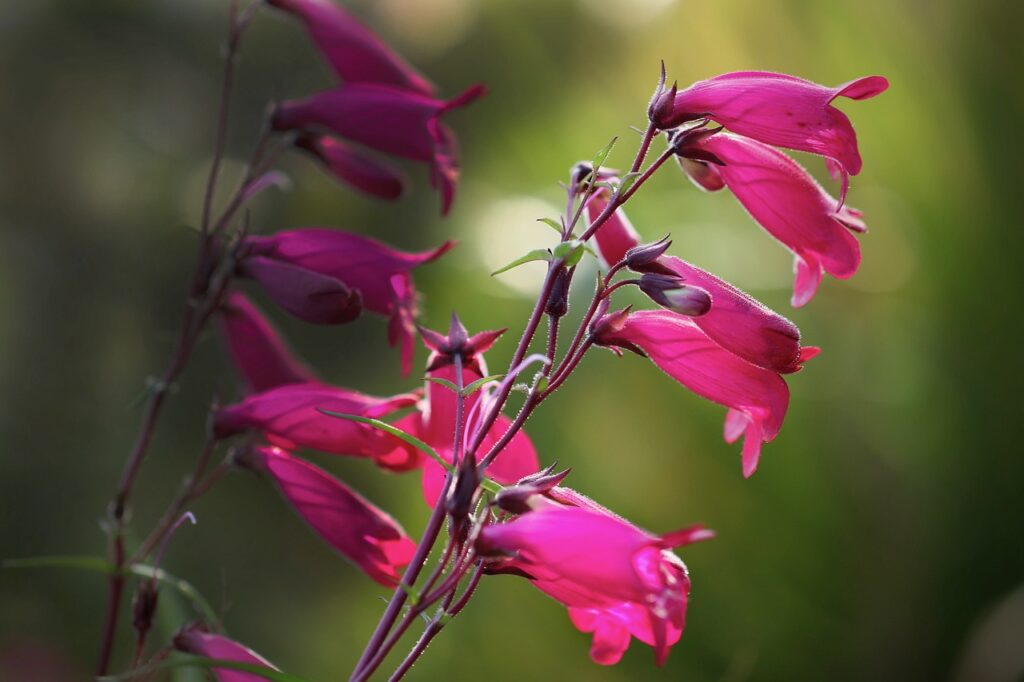
Penstemons, commonly called Beard tongues, are an unusual herbaceous plant as they are semi-evergreen. Meaning in mild-weather areas, they keep their foliage all year round. Whilst they are semi-evergreen, their crowns are susceptible to frost. So many people leave their foliage intact during winter to take the brunt of any cold snaps. I tend to leave mine throughout the winter and then give them a tidy-up with secateurs in late spring. If it has been a mild winter, I leave them alone.
Penstemons love the full sun and need to be protected from cold winds. They make a great hot border plant, and the bees will love them. You can use them as cut flowers in floral arrangements, all without worrying that slugs may polish them off first.
Consider planting the following slug proof Penstemons:
Molinia are one of the hidden gems of the small grass species meaning they will happily fit into the smallest-sized gardens. The best bit is these grasses actively repel slugs and snails with their fine strappy leaves with microscopic serrated edges. Meaning slimy slugs and snails move on elsewhere.
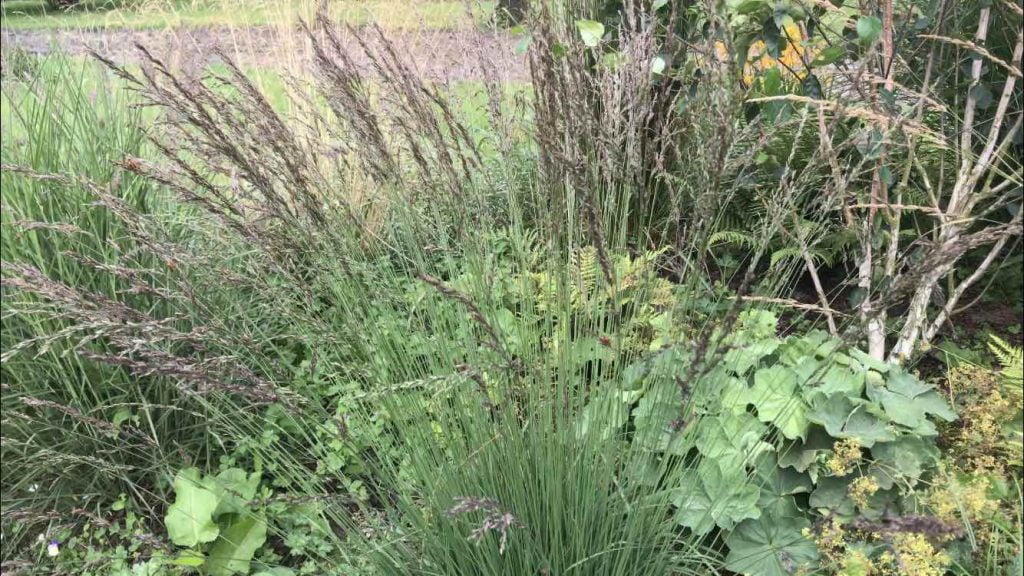
The other benefit of Molinia is that once established, they will thrive in dry conditions, exposed sites and in both full sun or shade. They're totally bomb-proof in the garden.
Grasses are a great addition to any flower bed as they add movement and texture, which is often lacking in a lot of beginner gardener flower beds. These grasses sway and move in the breeze allowing insects to perch on their leaves to scout their next destination. There's also minimal pruning or aftercare involved with Molinia. I leave mine all the way through the winter before pruning these grasses back hard to around 3inch from the ground. There's really not much else needed with them.
They will self-seed quite happily, meaning if you're a laid-back gardener, these plants will help bulk out your borders for free themselves. If you want a more ordered, formal look in your garden flower beds, you can easily spot the seedling, weed them out, or pot them on for friends!
The best slug proof Molinia grasses include:
Euphorbia or spruges are next up in the slug proof garden plant category. These plants contain a milky sap that's an irritant and the bitter taste is simply too off putting for slugs and snails. This plant group covered perennials, annuals, succulents and shrubs. So there's plenty of choice for everyone.
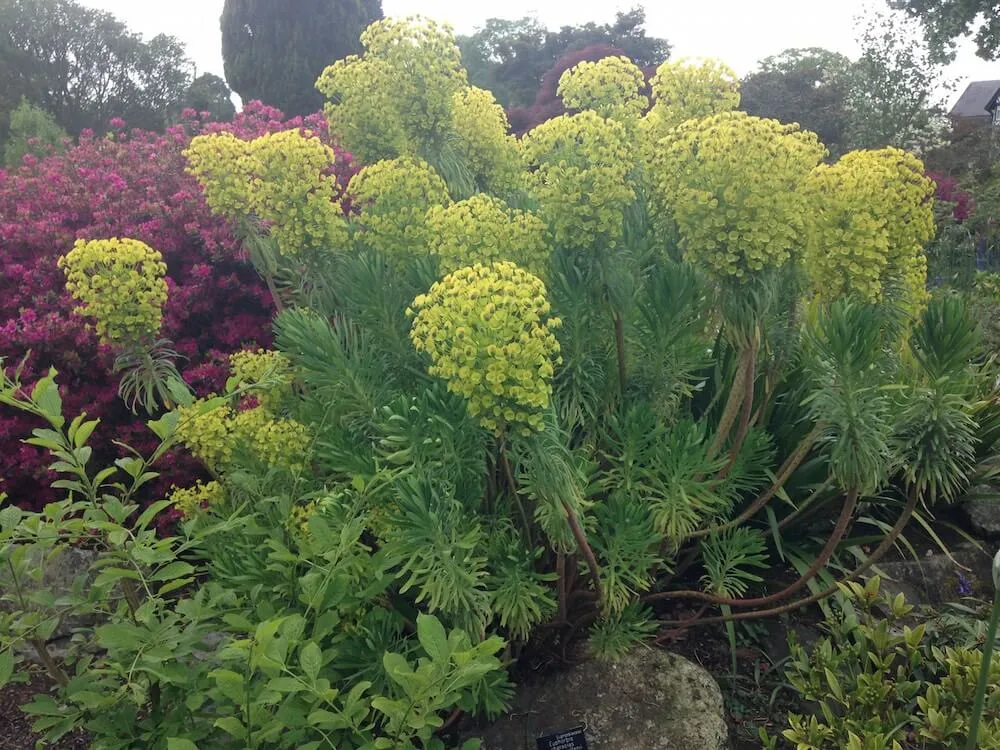
Their flowers are cup shaped bracts and are quickly identifiable as Euphorbia, given their slightly alien appearance. Great for rock gardens and hot borders these plants are a valuable addition to any garden border.
It must be noted that you need to use gloves when pruning Euphorbia as the sap can burn skin and damage eyes if it gets in contact. Also, keep these away from children who may crush the stems and inadvertently get the sap on delicate skin. Other than that, they are a fab slug proof plant.
Best types of slug-proof Euphorbia:
Agastache are an aromatic group of plants that live in the mint family, Lamiaceae. These large upright herbaceous perennials produce spikes full of blue and purple flowers. They have a heady minty aroma about them in the garden and are loved by bees as seen below. You can spot they are a member of the mint family but their square-looking stems.
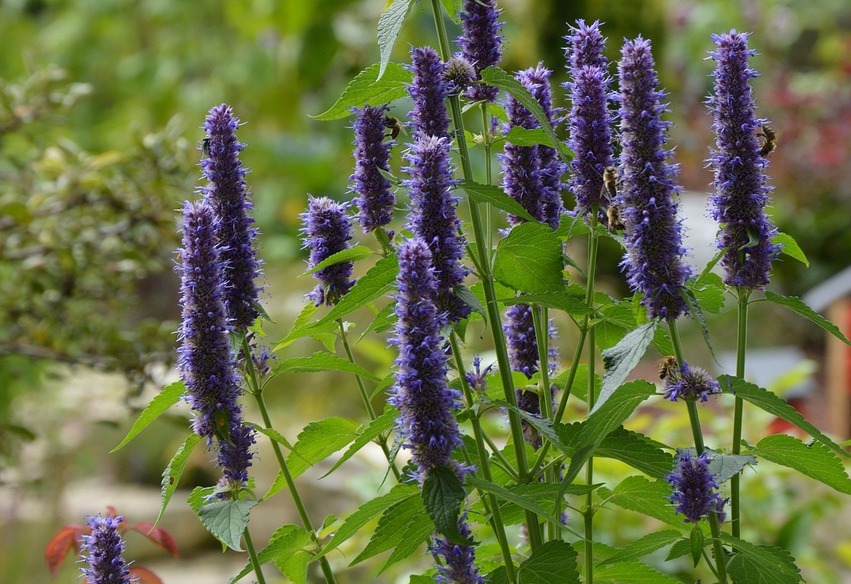
These wonderful plants are drought-tolerant but won't live long in clay soil. They will happily bake in full sun and produce huge amounts of scented flowers.
As a late summer flowering perennial, they help extend the season in the garden and are a great tall plant for a small garden, given they don't spread width ways. I've used them in many a show garden to provide a tall pop of purple flowers without taking up too much space. They don't grow as well in containers though, so I'd always recommend planting them in the soil.
Agastcahe slug-proof plant species to consider:
Foxgloves are some of the toughest slug proof plants available, and the good news is they are some of the cheapest plants to grow from seed. Foxgloves have hairy stems and leaves making them unappealing to slugs. They grow from small rosettes and take two years to flower. They are known as biennials meaning in year one they germinate and produce foliage, then in year two, flower and set seed before dying.
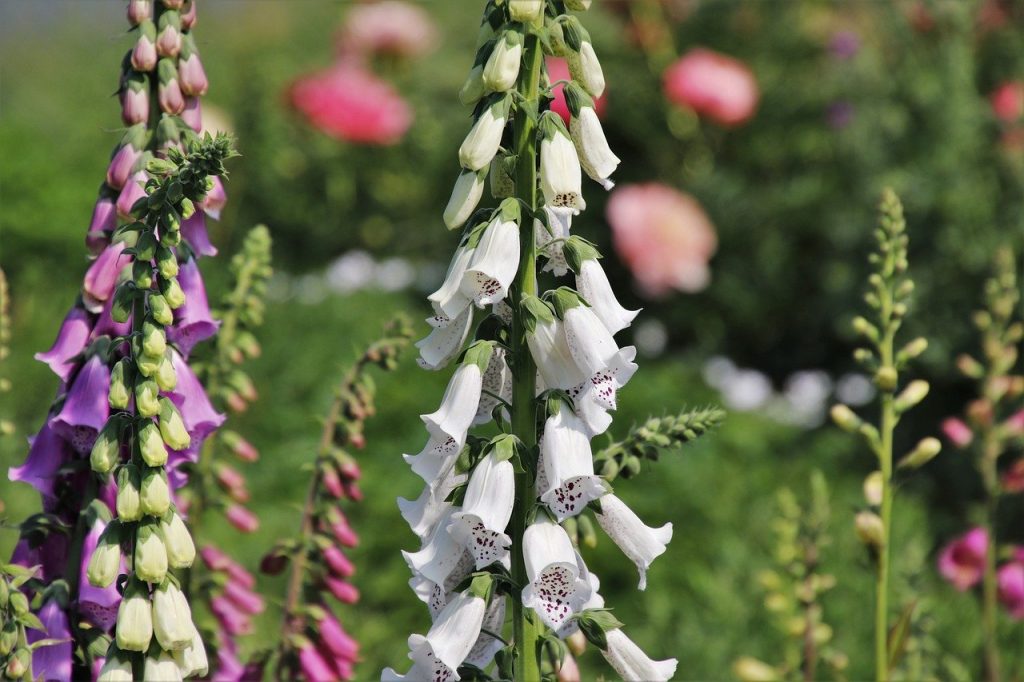
These traditional cottage garden flowers tower above over perennials in borders, making them a real statement plant. Foxgloves will also grow in partial shade too, making them great for north-facing urban gardens too.
Once you've grown some foxgloves from seed or bought a garden centre-grown variety, chances are they will keep popping up if you let them go to seed. So they are great value in the garden. Just make sure in late summer and autumn that you leave the seed heads to dry. Then when they rattle, you can snap them off and spread the seed yourself. Easy peasy!
Grow foxgloves from seed for the easiest cheapest way to plant up your garden. Here is an excellent list of various Foxgloves seeds to try.
Sedums are among the toughest and least demanding plants you can introduce into your gardens. These small evergreen plants can survive extremes of temperature. From sub zero temperatures to blazing hot sun, they are super tough plants. Their foliage is usually a glossy thick waxy green, meaning that slugs and snails find it hard to eat through them. Sedums are also quite tricky for them to glide over.
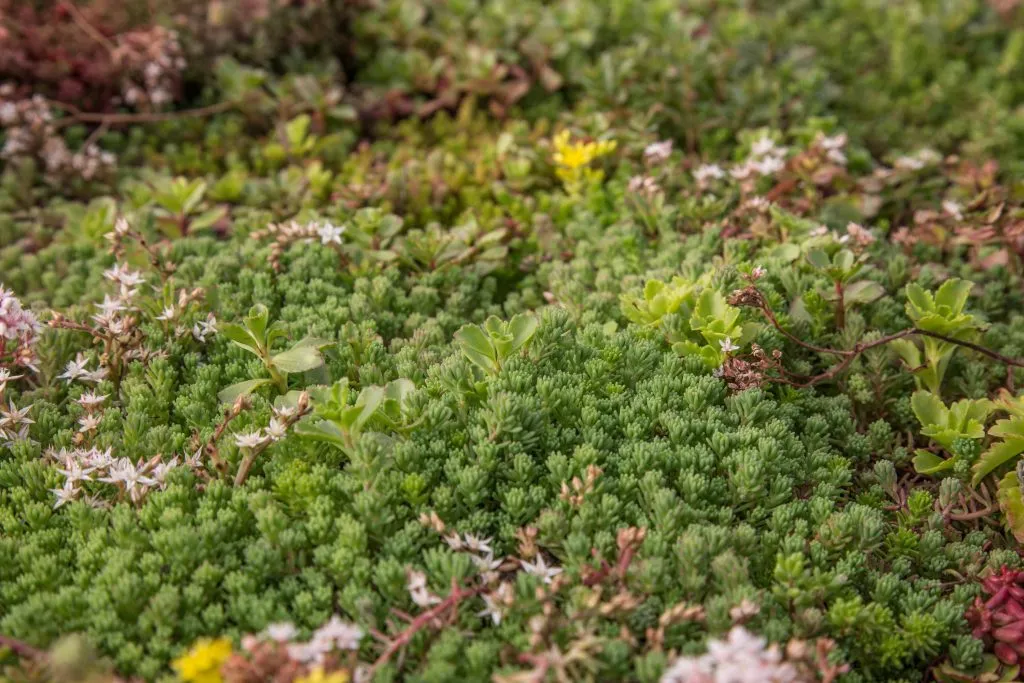
Sedums come in a huge variety of shapes and sizes. Whether Sedum matts used in green rooves or larger specimens with thick and chunky leaves. There really is a specimen of Sedum for every garden.
They will cope with all soils except heavy wet clay or bog gardens, where they will drown. But they love full sun and free draining poor soil. They offer thousands of tiny flowers for insects during the summer, vastly increasing your pollen offering for insects.
Sedum slug proof plants to consider:
A striking plant that has a very prickly character, the Sea holly or Eryngium is a show stopper of a plant. This coastal plant comes in blue, white and silvery colours, perfect for the dry and exposed garden. Offering sharp holly-like leaves and incredibly flower spikes. It's hard to miss Eryngium in the garden.
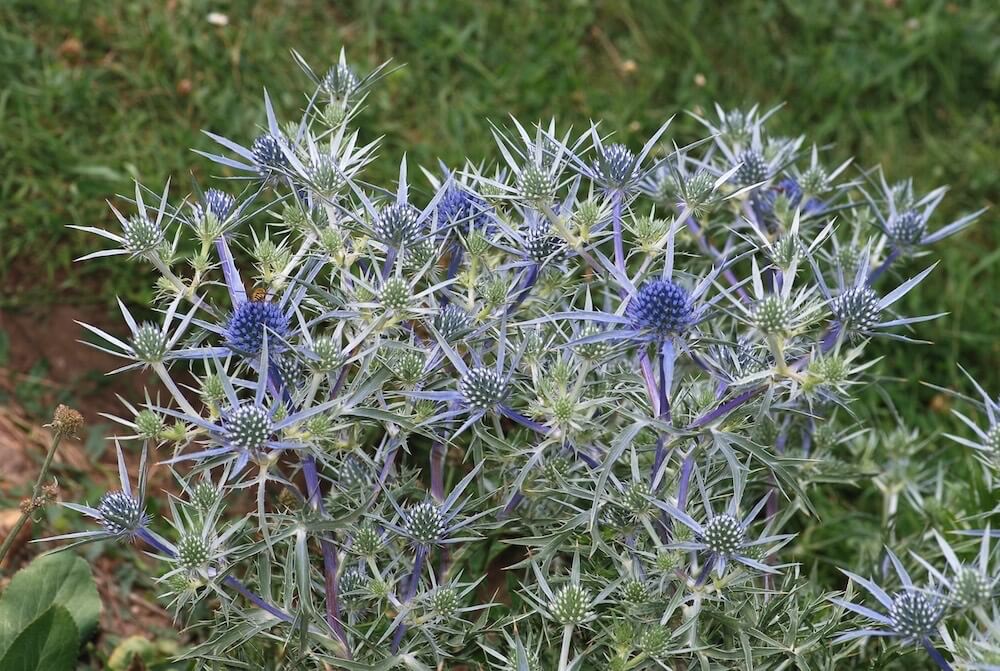
Its tough leaves, and pricky flowers make it impossible for slugs and snails to crawl over or eat them. They are also a super long-lasting flower that it keeps from May all the way through to October. They make excellent cut flowers too, lasting for weeks indoors.
Eryngiums need free-draining soil and full sun. They can cope with wind, exposure and salty coastal gardens with ease. They do well in containers for a few years before needing to be planted out to survive.
Slug proof Erygiums to try:
Epimediums are a truly fascinating plant that loves dry shade. Yes, you heard that correctly a slug-proof plant for dry shade. The most challenging of all garden conditions! This semi-evergreen ground cover perennial has another trick up its sleeve; its early spring flowers look like bats or butterflies taking flight. Very few designers tend to choose this plant, maybe because they haven't experienced its beauty first-hand.
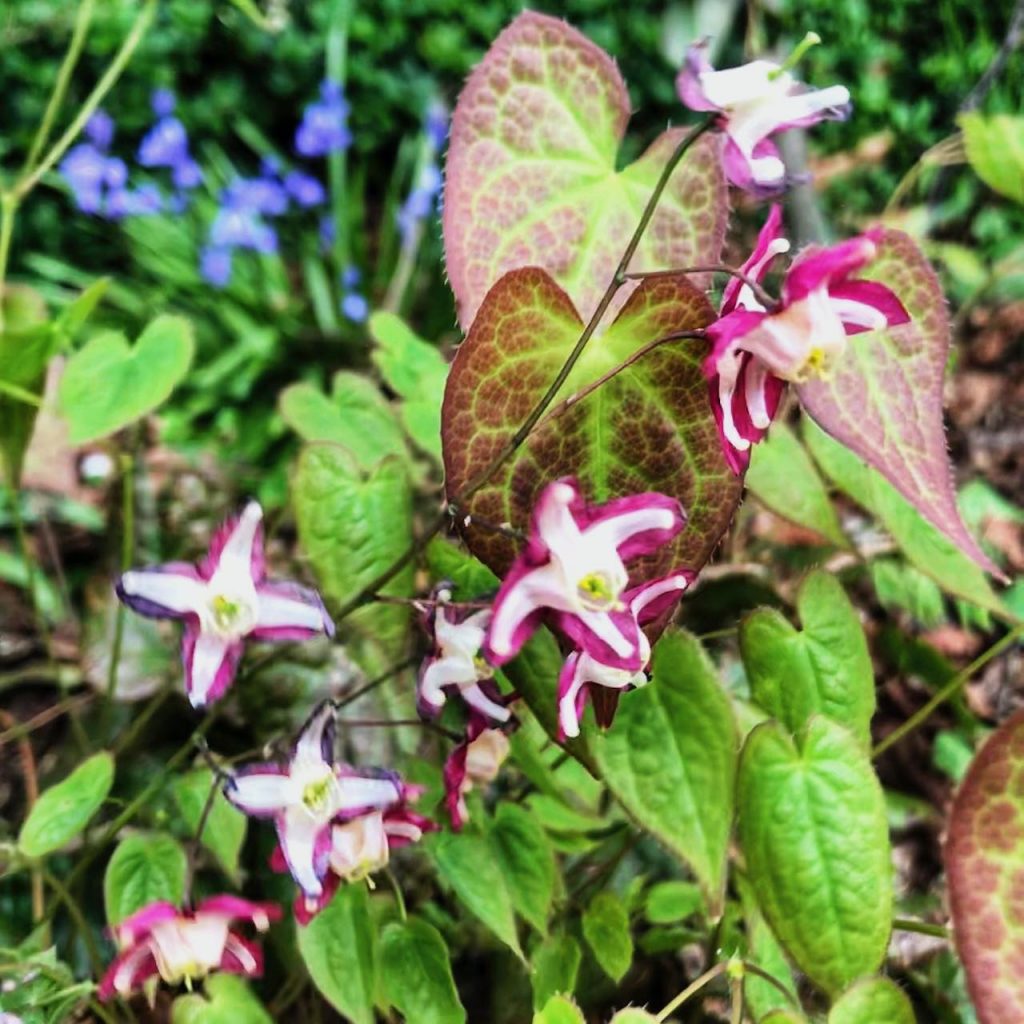
Once established, this plant needs no feed or special care. It will creep each year, producing the most delicate of flowers above its heart-shaped leaves. Suitable for dry, shady spots, it's a real winner and great for early foraging spring insects, making it a great wildlife-friendly plant.
Epimedium slug proof plants to try:
Lavender has managed to sneak into this list; even though it's often argued to be a shrub, it also falls into the herbaceous perennial category. I won't split the difference, but lavenders are excellent slug-proof perennials in the garden; their heavy scents deter both slugs and snails, and they are one of the easiest plants to grow, providing you have the right conditions.
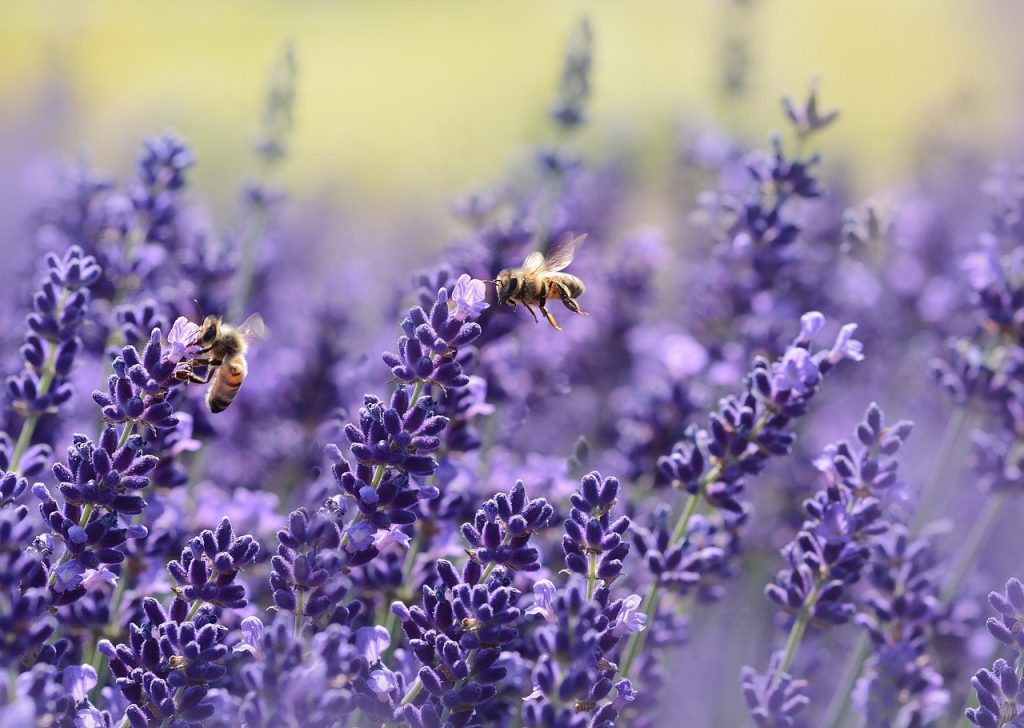
Lavender needs free draining full sun. You can't cheat your way around this. Wet soils, clay and shade, will kill lavender. So don't bother if those are the conditions you're working with. It will just end up in heartache. Choose other shady-loving specimens above for those conditions.
Lavenders are Mediterranean plants needing full sun, hot positions and very free-draining soil. Prune lavenders once a year, and you'll be rewarded with easy-to-look-after plants that flower profusely.
Lavender species to consider:
Last but not least, we have Nepeta, otherwise known as Catnip, in the garden. These aromatic perennials come from the mint family and are a bomb-proof plant that slugs and snails will avoid. Sending up bright blue and purple flowers, this silvery foliage plant fits in amongst all herbaceous borders and works well with all the plants listed above.
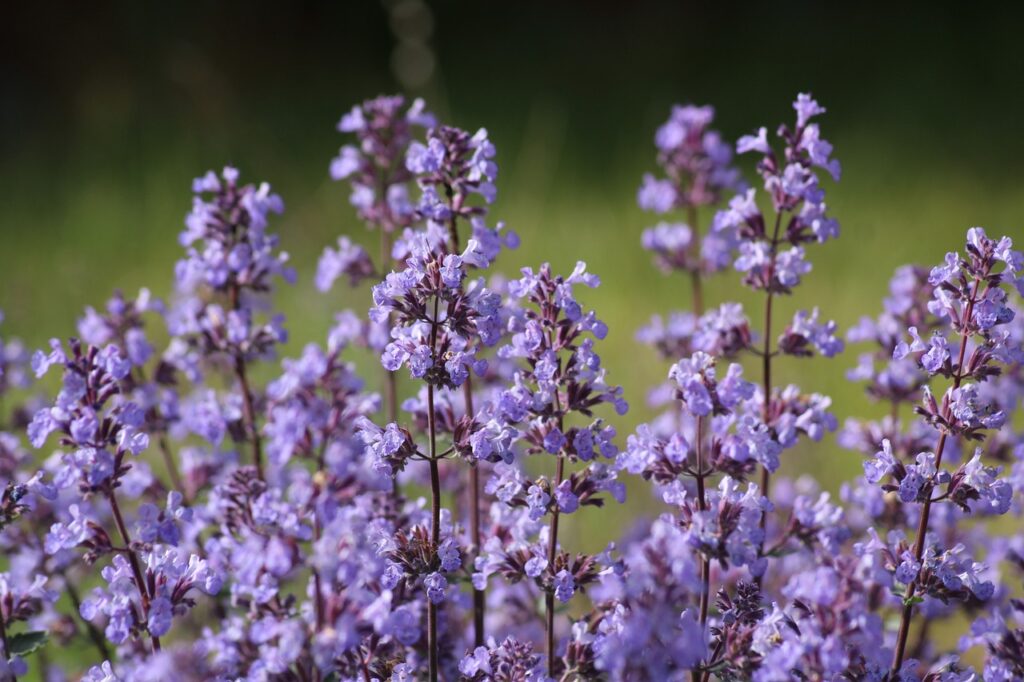
Nepeta forms a nice loose shrub shape during the summer and is a magnet for bees due to its rich pollen flowers and minty fragrance. It will happily bulk up to 1m wide after a few years and needs very little looking after other than full sun and free-draining soil. Nepeta is a true slug proof plant.
Nepeta makes great dried flowers and can be pruned back each February to just above the ground, making it very easy to care for as a beginner gardener.
Nepeta slug proof species to consider:
If your garden is overrun with slugs, you can use a few other tips and tricks to help reduce slugs without resorting to chemical killers. By understanding the life cycle of slugs and the wildlife food chain in the garden, you can help reduce their numbers so they become a benefit rather than a problem.
Encouraging birds to the garden with bird feeders, trees, and deciduous shrubs is a great way to keep your slug numbers down. Birds will happily pick their way through your garden flower beds and feast on any slugs they find. By choosing diverse and varied planting schemes with plenty of autumn berries and winter interests, birds will soon flock to your garden as a safe haven.
By adding water to the garden, whether with a pond or small pool, you can encourage frogs, newts and other beneficial amphibians to your garden. Frogs and toads feast on slugs and will quite happily help you keep your numbers down! Ponds can provide much needed drinking water for birds and mammals too so its one of the best functions you can add to your garden design.
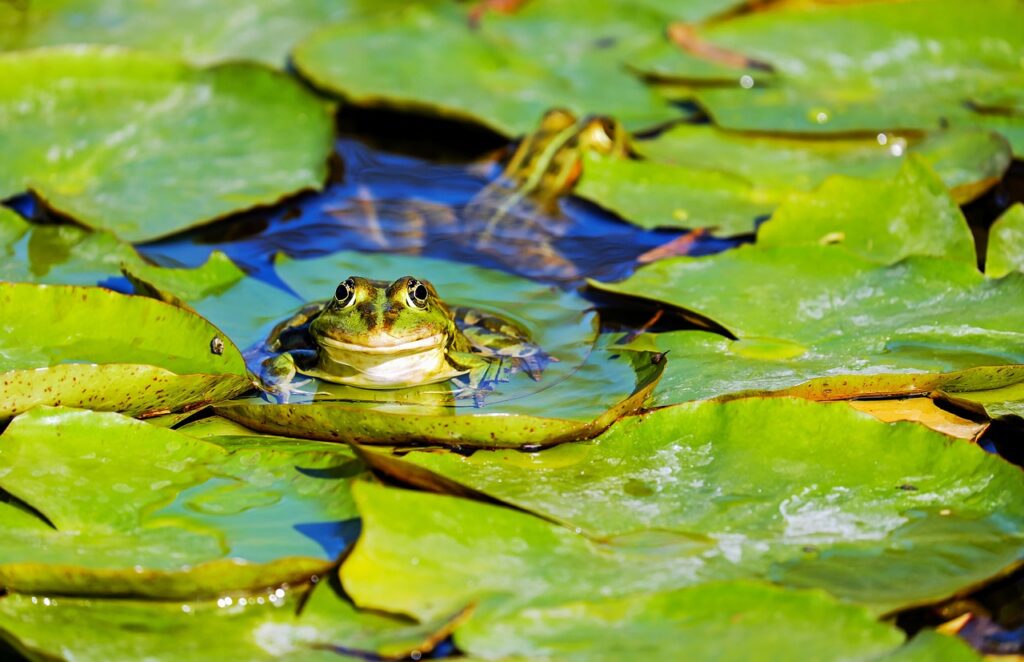
Raised beds are an excellent way to keep slugs at bay in the garden, in particular timber raised beds. Slugs don't like coarse or rough textures so scaling these beds is too much effort for them. Raised eds also allow you easier access to weeding and spotting slugs that may be lurking, you can then put them on your bird table for the birds to eat.
Coffee grinds and crushed shells can work well in container or balcony gardens that develop a slug problem. The slugs hate crawling over these materials, so placing a ring of them around the bases of plants can help you avoid slug damage.
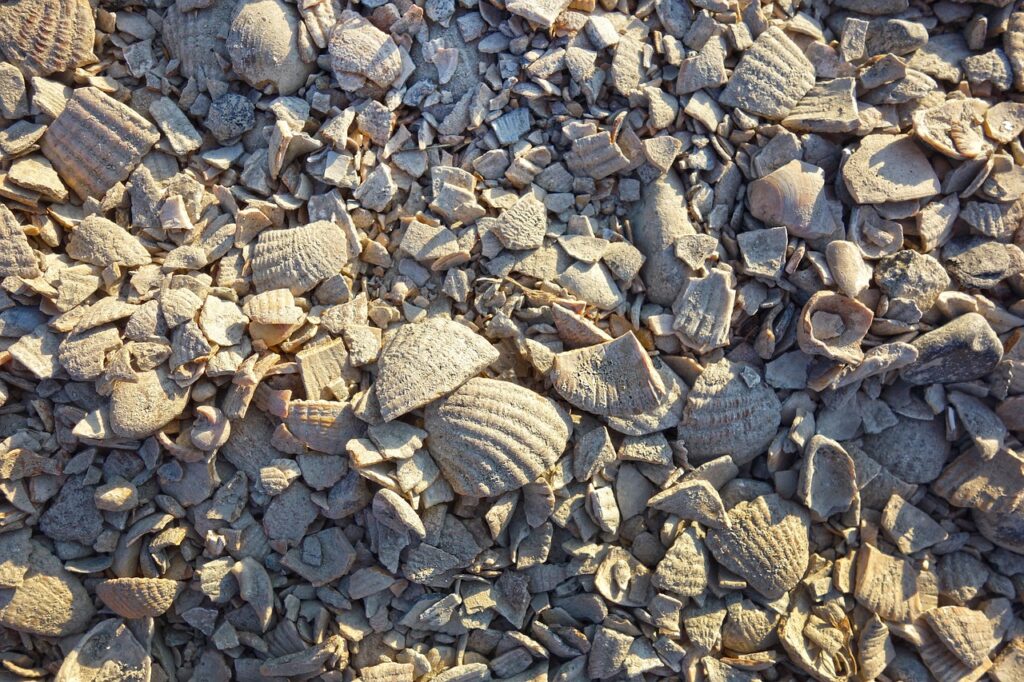
Copper tape repels slugs for two reasons: toxicity and electric shock. Copper is a known poison for many organisms, and some copper chemicals are used to disinfect and kill organisms. When slugs come into contact with copper tape, they experience an electric shock due to a chemical reaction that occurs when they crawl over the metal, which causes unpleasant feelings on their skin. Therefore, slugs and snails avoid moving over copper tape. This tape can be bought in rolls which you then adhere to the top or sides of plant pots forming a protective seal.
Slug pellets are bad for gardening ecosystems because they contain a pesticide called Metaldehyde, which poses "an unacceptable" risk to birds and mammals such as hedgehogs. Birds, hedgehogs, and even domesticated pets are attracted to slug pellets; even the slightest amount of exposure to the poisonous pellets can prove fatal. Metaldehyde works by increasing the formation of mucus in the slugs, causing them to dry out, and altering their intestines so they stop eating and retreat to their hiding places to die.
We should avoid slug pellets and other chemical treatments because they harm other wildlife directly and indirectly—particularly birds and amphibians like frogs who feast on slugs. Whilst the birds may not eat the blue slug pellets themselves, they do eat slugs that slug pellets have already killed, especially if they catch them before they crawl off to die underground. Thus, these slug pellets enter the food chain and then harm many other animals along the way.
Slugs can be a pain in the garden but are also a vital food source for birds and amphibians. They also help scoop up and remove a lot of the dead plant waste that falls to the ground, so they do serve a much-needed purpose.
With anything in the garden it's about keeping an equilibrium so nothing takes over. Choosing plants that slugs and snails hate helps to reduce the impact of slug damage in your garden. But by encouraging other beneficial wildlife, slugs and snails can actually become a benefit in the garden!
Please Tweet, Facebook or Instagram me with your garden questions, pictures or comments. If you’re looking for more garden design tips, tricks and hacks, why not subscribe to my YouTube channel. I’m happy to help!
Happy Gardening!



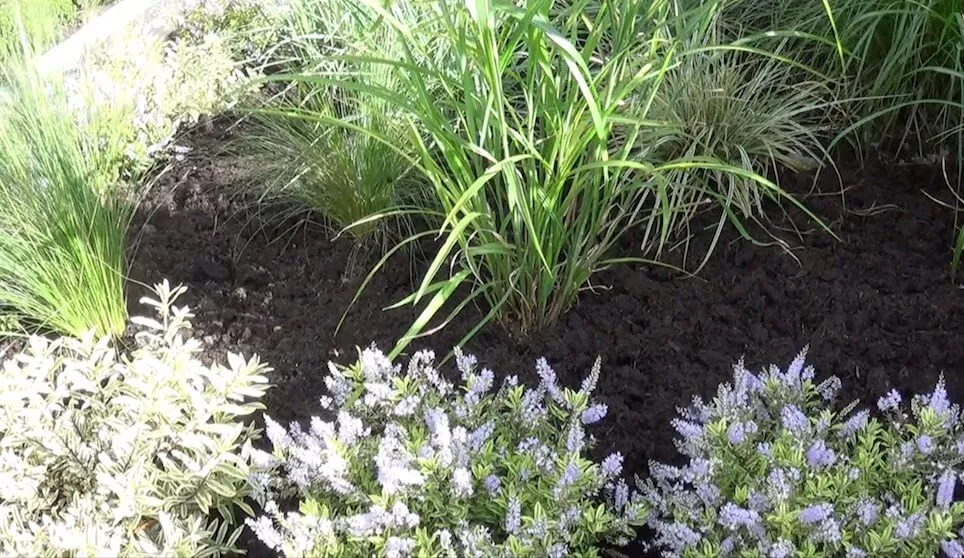
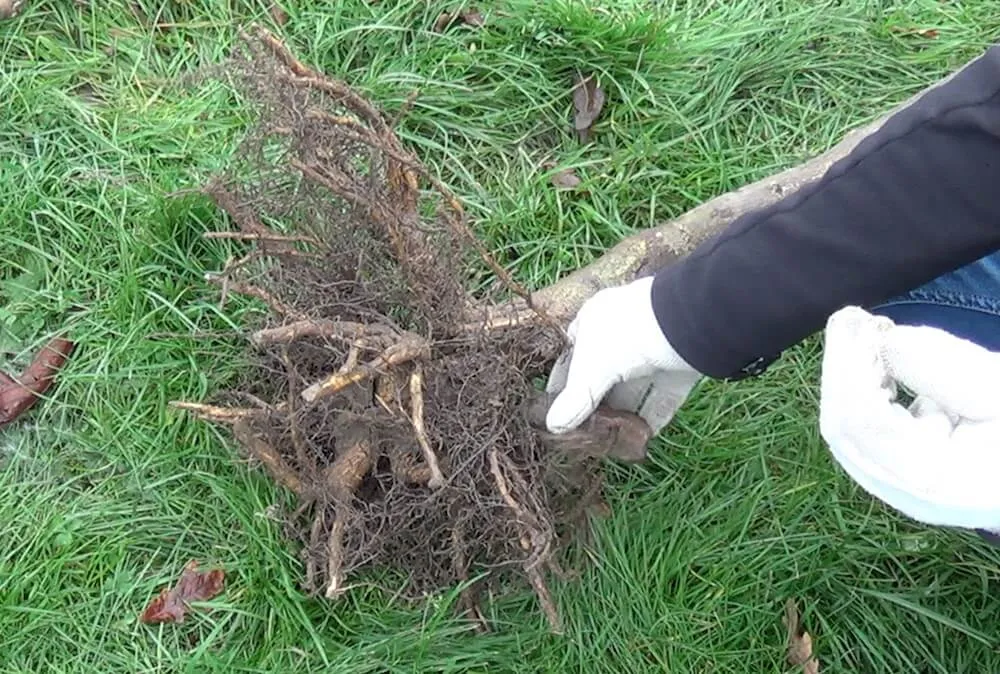
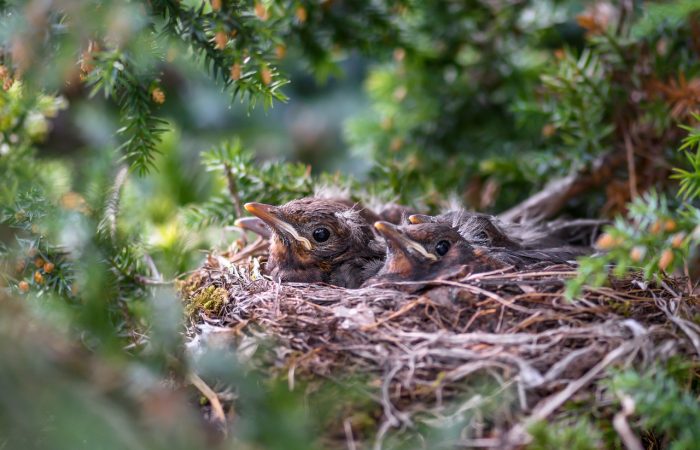
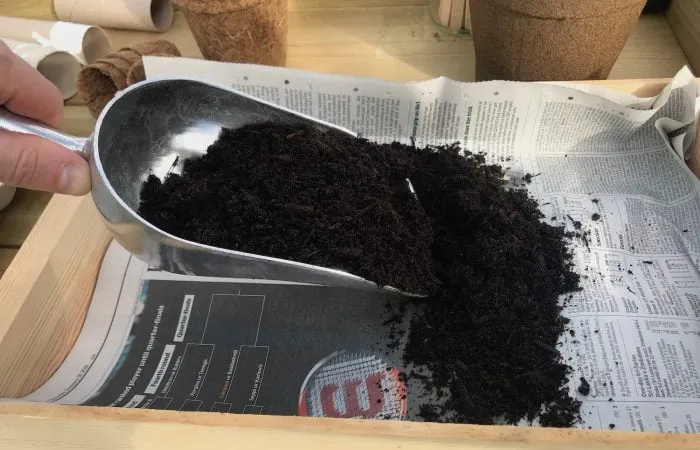



JOIN THE NINJAS
Join our Ninja community for extra guides & Discount Codes for Online Garden Courses!